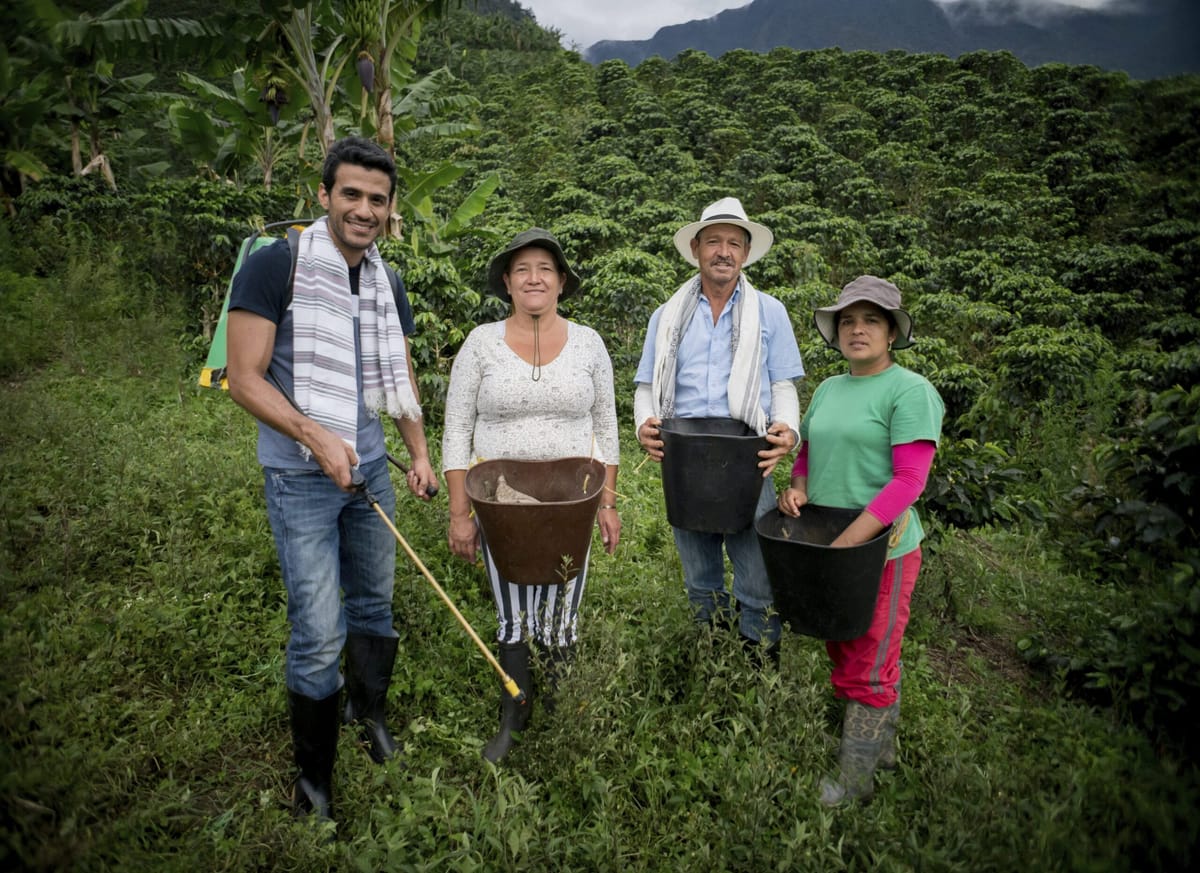Does inclusive growth require inclusive business?

While the world’s economy continues to grow and poverty is on the decline, inequality is increasing and the exclusion of certain social groups remains a persistent problem. In response, governments and development agencies are paying greater attention to social inclusion as a core principle for development.
While they have their problems, the Sustainable Development Goals highlight the importance of economic and social inclusion to reduce inequality and promote sustainability:
- Goal 8 highlights the need for inclusive economic growth;
- Goal 4 is concerned with inclusive and equitable quality education and training, including increasing the number of young people and adults with relevant technical and vocational skills for employment, decent jobs and entrepreneurship;
- Goal 10 seeks to reduce inequality within and among countries and promote social, economic and political inclusion of all, irrespective of age, sex, disability, race, ethnicity, origin, religion or economic or other status; and
- Goal 16 promotes peaceful and inclusive societies through better access to justice and more effective, accountable and inclusive institutions.
A number of international initiatives have also appeared to tackle this issue. Each with its own specific focus.
The UN Global Compact describes how responsible business contributes to sustainable development, by integrating the principles of corporate responsibility and sustainability into its operations, making these more transparent, accountable, and inclusive.
The UN has also launched a Growing Inclusive Markets initiative to support research and advocacy to ‘understand, enable and inspire the development of more inclusive business models around the globe’ to create new opportunities and better lives for many of the world’s poor.
Coming out of all this, a new business model has emerged: the ‘inclusive business’. Broadly speaking, these are commercially viable core-business models that provide – at scale – innovative and systemic solutions to the relevant problems of the poor and low-income people.
As with all new models and approaches, this is a subject of significant debate.
My concern is less with the model, but whether this is the silver bullet for more inclusive economies. While I like the rationale behind this model, I am concerned it limits the role of inclusive growth to a single business model.
Armin Bauer from the Asian Development Bank distinguishes between inclusive business and inclusive growth. He describes government and Bank initiatives designed to make the growth process more inclusive (e.g., expanding infrastructure access to un-served areas, building up social safety nets, addressing inequalities in access to services). In comparison, inclusive business is a direct contribution of the private sector to make growth more inclusive. Rather than ‘business as usual’, inclusive businesses focus on generating ‘decent income opportunities with higher returns for the poor than the market rate, or provide relevant and affordable services and products to the low-income population that address their social needs’. Thus, inclusive business models focus on serving social needs.
What does this mean for businesses that are not classified as inclusive? Should these businesses be discouraged? Should all forms of business be transformed into inclusive models?
Clearly, not all businesses will adopt inclusive models. Yet, this should not undermine the significance or influence of these models. Indeed, the world’s multilateral development banks have reported investing over US$15 billion in inclusive business approaches.
The G20 Inclusive Business Framework suggests that ‘inclusive business has the potential to be a driving force for inclusion and sustainability and to contribute to the effective implementation of the SDGs’. Thus, inclusive business can act as a catalyst to investments aimed at poor communities:
‘As inclusive businesses deepen investments in low-income communities, they improve access to affordable quality products and services, enhance productivity, and generate new income and livelihoods opportunities…’
The G20 recommends government review existing regulations that limit Bottom for the Pyramid participation in market activities, embed pro-poor targets into government contracts and introduce appropriate regulations for inclusive business companies.
To this end, governments can also revise their industrial strategies to become more inclusive. This seems to ben a more effective policy than devising new strategies focusing on social impact. Similarly, market development programs can improve market systems and examine the barriers to participation by poor people. Bottom-up approaches applying a thorough analysis of market and sector constraints to inclusive growth will identify barriers to be addressed and opportunities for innovation.
Inclusive growth, says the OECD, creates opportunity for all segments of the population and distributes the dividends of increased prosperity fairly across society. However, there is a difference between inclusive growth and ‘pro-poor’ growth. Where inclusive growth is concerned with opportunities for the majority of the labour force, the poor and the middle-class alike, pro-poor growth is mainly interested in the welfare of the poor.
Inclusive business models are pro-poor-oriented. They offer a sustainable and focused commercial response to the problems of poor communities. For this reason alone, they deserve our attention.
However, inclusive growth has a broader concern. It is focused on increasing levels of participation across the economy allowing people to contribute to and benefit from economic growth. Inclusive business models have a role to play in catalysing business and investment opportunities in poor communities, but so too do all other forms of business. Thus, policies and strategies for inclusive growth should incorporate inclusive business within a broad array of efforts designed to increase participation and reduce vulnerability.

